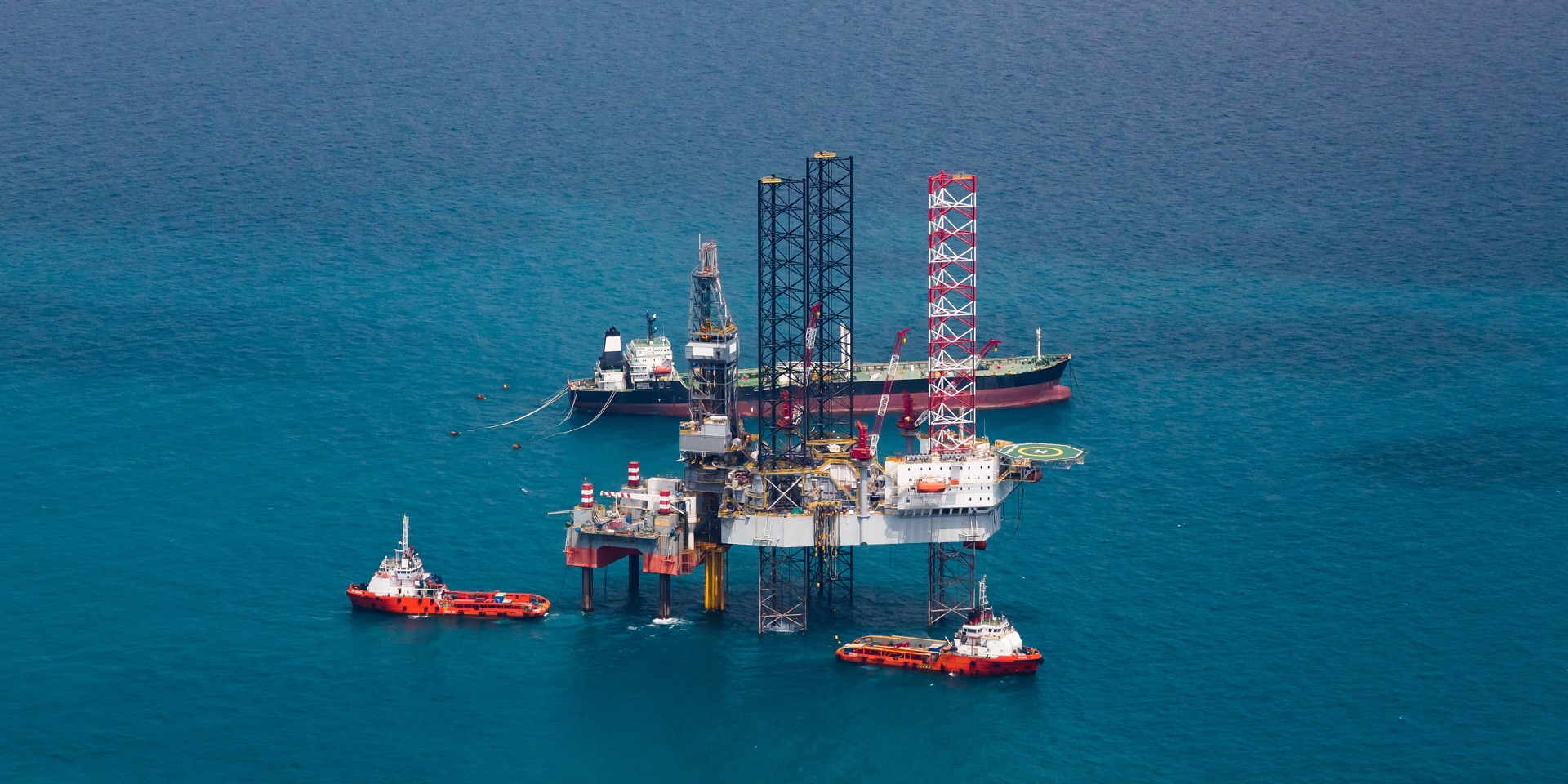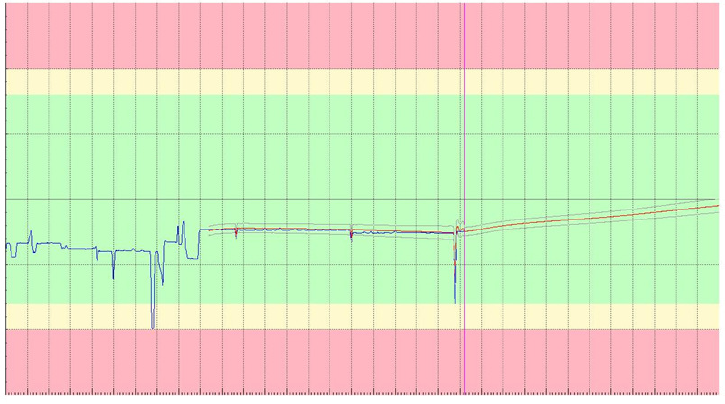Increasing Oil Production Yield of Offshore Oil Wells


Prof. Chaodong Tan (China University of Petroleum), Bailiang Liu (PetroChina Dagang Oilfield Company), Jie Zhang (Yadan Petroleum Technology Co Ltd), Dr. Patrick Bangert (algorithmica technologies GmbH)
Sometimes offshore oil wells break down and need repair such as when a pump fails. If spare parts are not readily available, this can cause unwanted downtime that is expensive in terms of yield failure and repair costs.We show how costs can be minimized by predicting the status of pumps up to four weeks in advance– allowing preventive maintenance to be performed. This is made possible by using a mathematical model of the pumping operation using automated machine learning methods. This method was applied to shallow-water offshore oil wells in the Dagang oilfield covering 34,629 km2 in China. We consider data for 5 oil-wells of a shallow water oil-rig in Dagang operated by PetroChina.
An offshore platform drills several wells into an oilfield with a pump in each well. If the pressure of the oilfield is too low – as was the case in this example – the platform must inject water into the well in order to push out the oil. Thus, the pump extracts a mixture of oil, water and gas. This mixture is then separated on the platform. External elements like sand and rock pieces in this mixture cause abrasion and damage the equipment. When a pump fails, it must be repaired. Such a maintenance activity requires significantly less time if it can be planned ahead of time in which case the required spare parts and expert personnel can be procured and made available before the actual failure. On the other hand, if one waits until the failure happens, the amount of time that the well is out of operation is significantly longer. Thus, we would like to know several weeks in advance when a pump is going to fail.
Each pump can be influenced via two major control variables: the choke-diameter and the frequency of the pump. These parameters are currently controlled manually by the operators. Thus, the maximum possible yield of the rig depends largely on two factors: (1) the level of external circumstances which determine the efficacy of a particular pump, and (2) the decisions of the operators, given their individual knowledge and experience.
Unfortunately, the employment of continuous and uniform knowledge and experience for pump operation is not realistically possible as no single operator controls the plant over the long-term but usually only for the time of his or her particular shift. It can be observed that the efficiency of the plant oscillates in a rough eight hour pattern showing that human decision making has a significant influence on the efficiency of the rig. Not only are some operators better than others, but it is also quite difficult to transfer the know-how and experience of the best operators to those operators who are less experienced and knowledgeable. Even where regular knowledge transfer systems are in place, this transfer may work only to a certain extent, but usually not to a maximum effect. Hence, there are good operators and less than good operators.
Pumps in an oilfield do not work independently. If a great load is demanded from one pump, this will cause the local pressure field to change and make less oil available for neighboring pumps. Obtaining a maximum yield output, therefore, is not a simple matter but requires careful balancing of the entire field. In addition, certain external factors also influence the pressure of the oilfield, such as the tide. This high degree of complexity of the pump control problem presents an overwhelming challenge for the human mind to handle and,as a consequence, sub-optimal decisions are made in many instances. The challenge, then, is to optimize the operation of the pumps so as to minimize standstills and costs from pump breakdowns.

Figure 1: The discharge pressure of a pump as measured (jagged curve) and calculated from the model (smooth curve). We observe that the model is able to correctly represent the pump as exemplified by this one variable.
It is possible to create a mathematical model of the pumping operation using automated machine learning methods. The resulting differential equations represent the process well enough to be able to make two vital computations:
The automated machine learning methods (a form of artificial intelligence) is able to automatically accomplish the optimization process based on prior knowledge collected from the history of the adjustments human operators made during their routine trial-and-error process of operating the pumps.We found that the model accurately represents a pump's evolution up to four weeks in advance. It can thus reliably predict a failure of a pump in the next four weeks.
The model was then used to compute which set points (for the choke-diameter and the frequency of the pump) should be changed under which circumstances for optimal yield. The computation was done for the 2.5 years of history available.The optimal point deviates from the history by 5% in absolute terms.
Effectively, the model that was developed represents a virtual oil rig that acts identically to the real one. The virtual one can be used as a proxy on which we can dry run a variety of strategies and then port these to the real rig only if they are good enough. This model is more accurate, all encompassing, more detailed, more robust and more applicable to the real rig than any human engineered model could possibly be.The main benefits of this approach are that it
We conclude that a yield increase of 5% is possible, which is significant as more oil can now be extracted in the same amount of time and thus represents a competitive advantage.